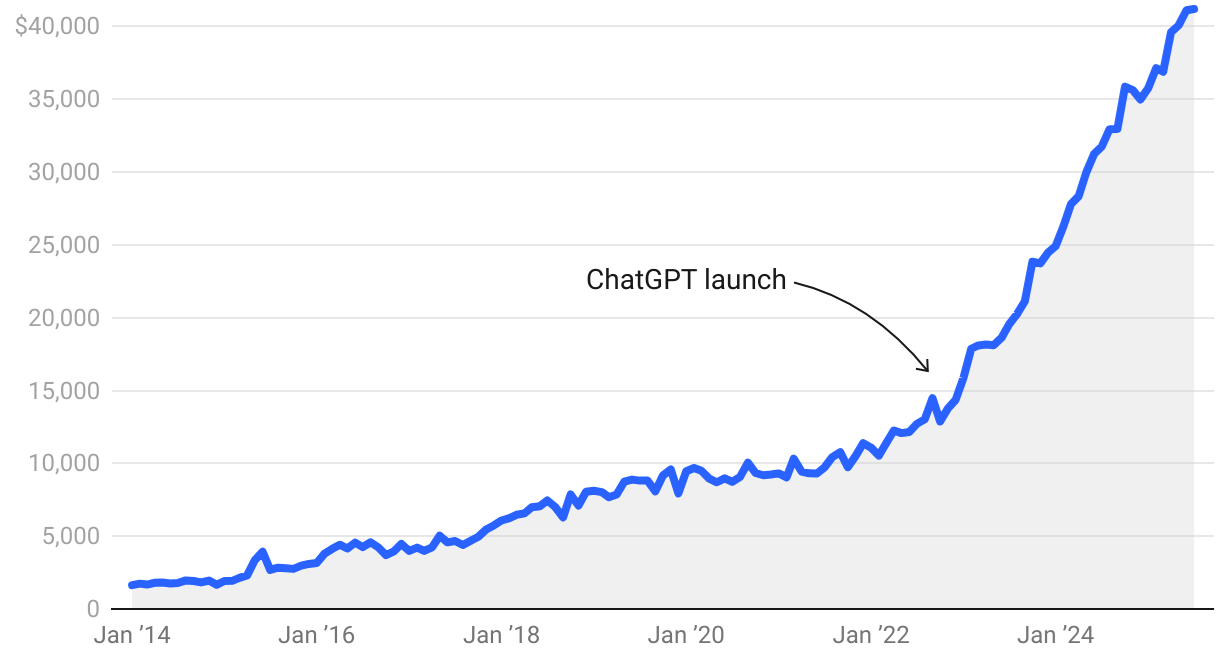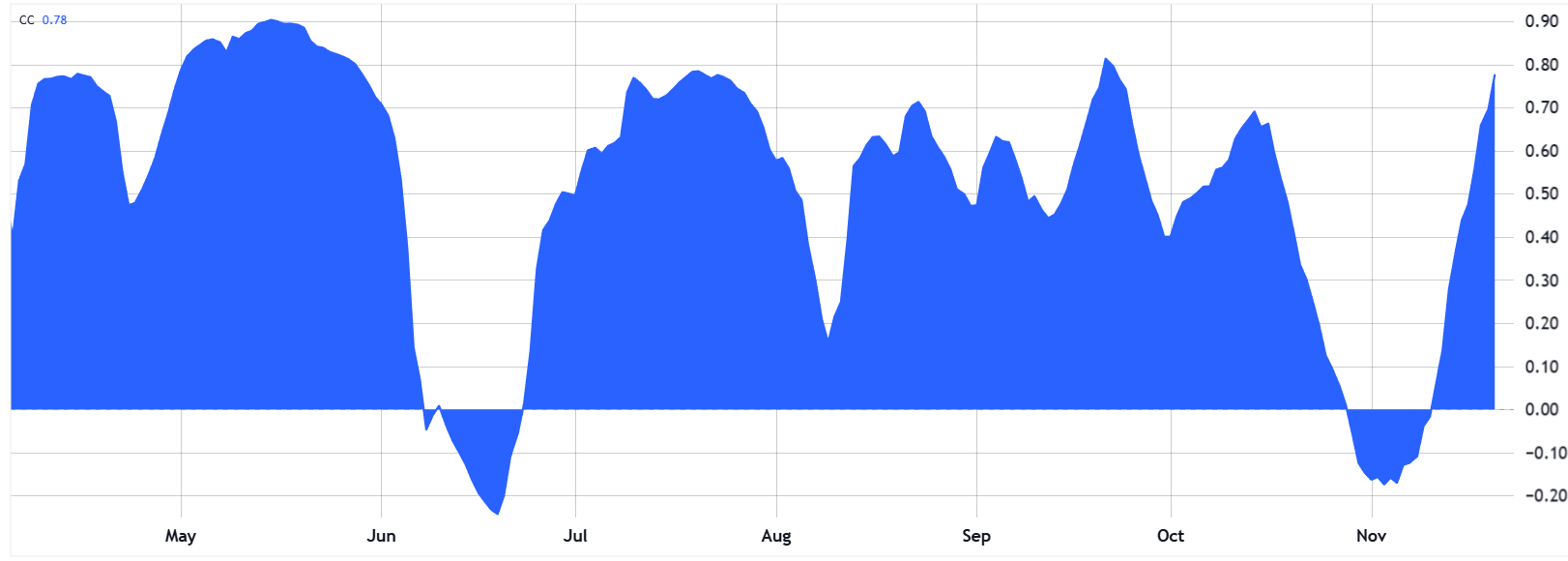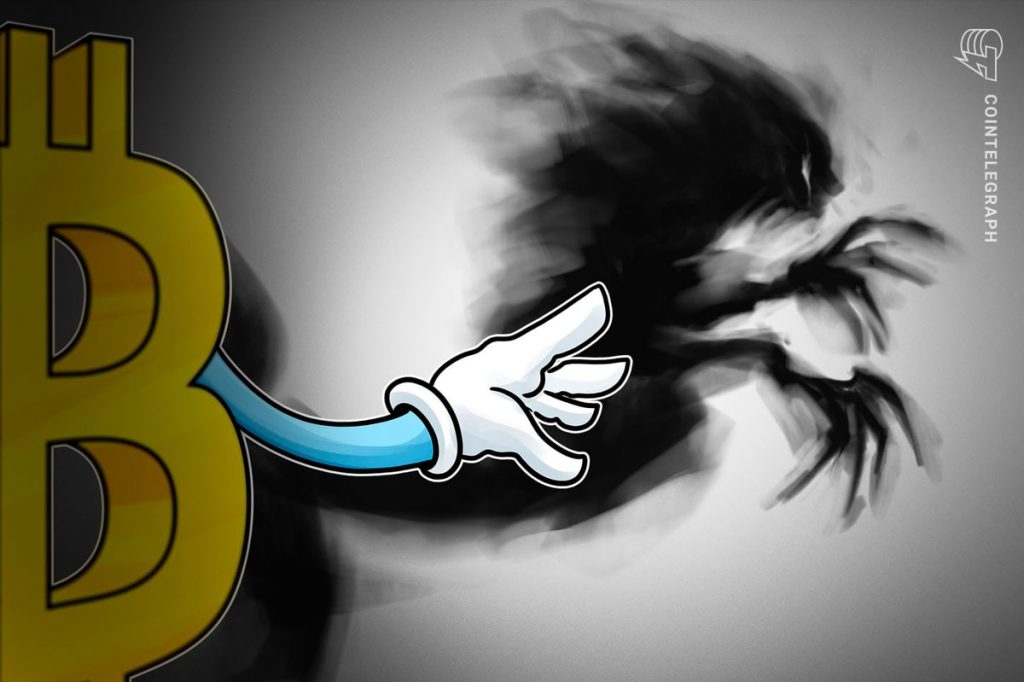Key takeaways:
-
Volatility and uncertainty in the Big Tech industry, along with concerns about Fed policy, pressured risk assets, driving Bitcoin’s correlation with the Nasdaq to its highest level in months.
-
Crypto traders expect improved liquidity ahead as US fiscal pressures grow and Trump pushes a tariff-focused stimulus agenda.
The tech-heavy Nasdaq Index experienced a 4% intraday decline on Thursday despite strong earnings and forecasts from chipmaker Nvidia. Investors expressed concerns about surging spending in the artificial intelligence sector, and Bitcoin (BTC) followed suit, plunging below $86,000 for the first time since April.
Despite investors’ concerns about excessive valuations in the market, billionaire investor Ray Dalio said there is no clear trigger for an imminent market crash. Dalio told CNBC that “the picture is pretty clear, in that we are in that territory of a bubble,” and recommended investors diversify into scarce assets such as gold.
Dalio added that his biggest fear is higher wealth taxes rather than tighter monetary policy. However, contrary to Ray Dalio’s view, market sentiment shifted after the United States reported a stronger-than-expected jobs report for September, prompting traders to doubt that the US Federal Reserve would further ease its monetary policy.
Nonfarm payrolls rose by 119,000 in September, reversing the prior month’s decline. Most FOMC participants noted that “further policy rate reductions could add to the risk of higher inflation becoming entrenched,” according to minutes from the October meeting released on Wednesday. On Thursday, traders trimmed the odds of two interest-rate cuts by January 2026, reflecting renewed caution among equity and Bitcoin investors.
Based on implied pricing in government bond markets, investors now assign a 20% chance that the FOMC will set interest rates at 3.50% on Jan. 28, down from 55% one month earlier. While the FOMC minutes show that many of the Fed’s policymakers do not favor an immediate rate cut, they offer little insight on how close October’s split decision actually was.
AI build-out costs overshadow strong earnings and Walmart surprises
Even with strong corporate earnings, including a positive surprise from Walmart, traders fear that the economy could weaken as AI developers, such as OpenAI, continue to spend heavily. Gil Luria, head of technology research at D.A. Davidson, told CNBC that “the concern is about companies raising a lot of debt to build data centers.”

Luria said data centers are “inherently speculative investments that could face a reckoning two or three years from now,” adding that Nvidia’s earnings are not a “reliable gauge of whether AI economics are truly maturing.” The tech-heavy Nasdaq Index has now dropped 7.8% since its all-time high on Oct. 29, wiping out gains from the previous 10 weeks. Investors responded by stepping back from risk markets.
Related: Bitcoin slump to $86K brings BTC closer to ‘max pain’ but great ‘discount’ zone

Amid the heightened uncertainty, Bitcoin’s price movement continued to mirror trends in the tech sector. The correlation between the two asset classes climbed to a six-month high of 80%, suggesting investors are paying less attention to Bitcoin’s strengths in decentralization and predictable monetary policy.
Bitcoin traders are not necessarily bearish below $90,000 and are likely waiting for clearer entry points as broader macro conditions remain unstable. If Dalio is right, the panic sellers could end up regretting their exit, as liquidity conditions may improve while the US fiscal debt problem lingers and US President Donald Trump advances his “tariff dividend” proposal aimed at stimulating the economy.
This article is for general information purposes and is not intended to be and should not be taken as legal or investment advice. The views, thoughts, and opinions expressed here are the author’s alone and do not necessarily reflect or represent the views and opinions of Cointelegraph.



